Products You May Like
Pixel Ripped 1978 is finally out on PSVR2 and marks the third entry in the nostalgia-soaked series, but the first one with an actual retro publisher, Atari. Lead gaming editor Michael Leri spoke to creative director Ana Ribeiro about the game, PlayStation’s Shuhei Yoshida, what the game was like before Atari stepped in, the PSVR2 ports of Pixel Ripped 1989 and 1995, and more.
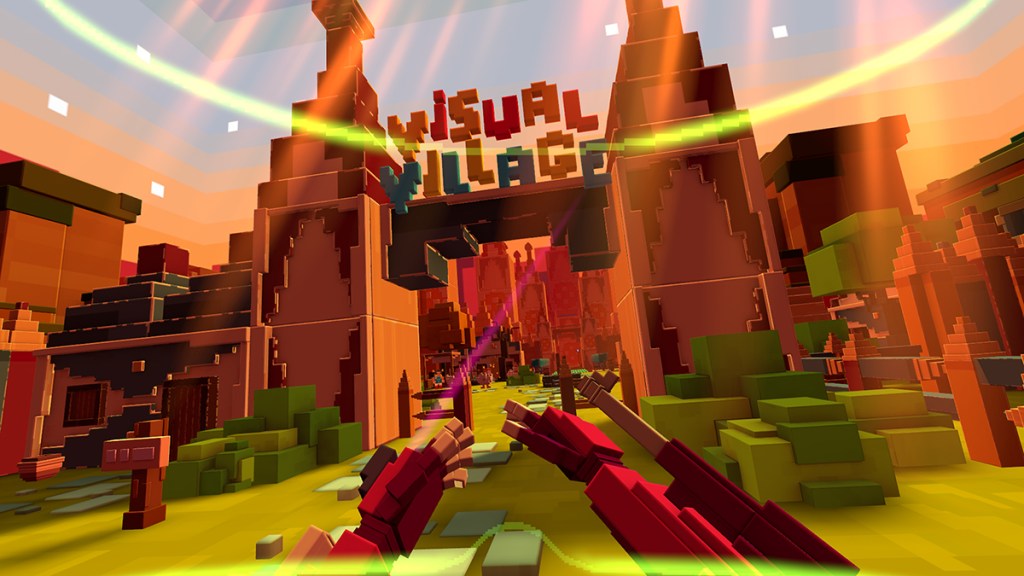
Michael Leri: The worlds in Crystal Castle, Yar’s Revenge, and Fast Freddy are all quite different from the way they look in their actual games. Can you talk about remixing these worlds and making them fit Pixel Ripped 1978?
Ana Ribeiro: We didn’t want to exactly make the game cartridge like Crystal Castle and Yar’s Revenge because we didn’t want to change our game so much to make it like those games. So we felt like it was a better fit to do a scenario where there was a game world based on those games. That way we had more freedom to make something that fits with Pixel Ripped and also explore more of those IPs without changing them or having to be so precise about what it would be like to be inside Yar’s Revenge or Crystal Castle.
This is the first time we’ve made a game with another company’s IP, and we really worried and made sure we didn’t do something wrong or something that Atari wouldn’t be happy with. It was easy with Bentley [from Crystal Castle] because we already had a world like that before we joined Atari. We had a world that was based on a colorful environment. So there was a similar theme going on and we tried to look for an Atari character that fit with that world. So we decided to make Bentley’s world the colorful world.
We also had a quest where you have to find his bag, so [narrative designer Luisa Paes] suggested that we make something that fits with Crystal Castle’s world and Pixel Ripped’s. So we figured out how to mix up those worlds. On Yar’s Revenge, we did something cool with the graveyard.
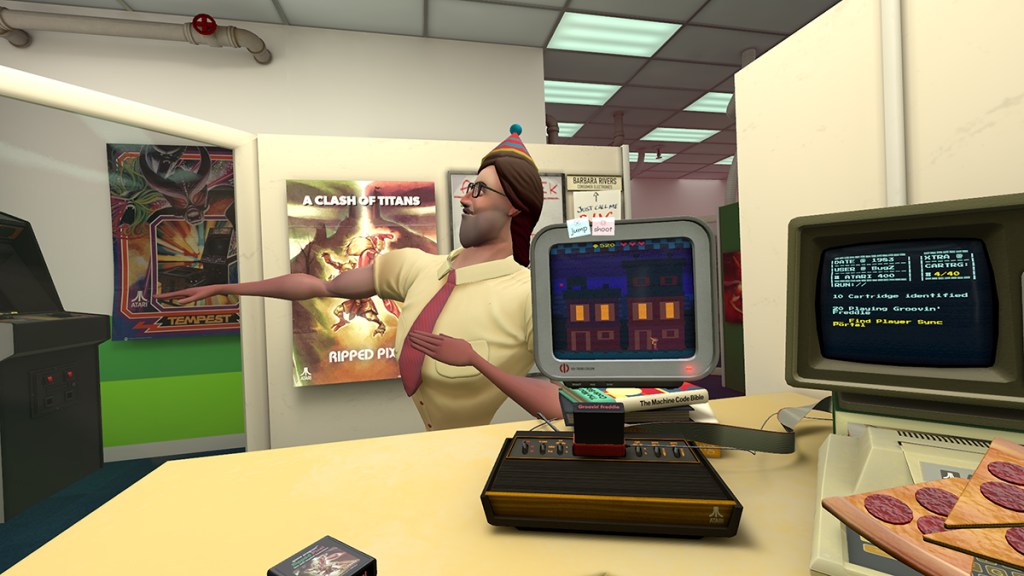
What was that pre-Atari version of Pixel Ripped 1978 like? Can you speak more about that?
We only did homages in the past, so people would see Red Raccoon and know it was Sonic the Hedgehog. We had the Power System and everyone knew was the Super Nintendo. We were doing that again with 1978, and we had this fake Atari company that everyone would know it was Atari. We had this console called the Volcano. It had a different look. It wasn’t exactly copy of the Atari 2600, but you would recognize it as an Atari console.
We were in the middle of the process and finishing beta and then we had the Atari brand and had to think about what we could use. The base of the game was there, so we couldn’t change too much. But we managed to go back and the first things we changed were turning the console to an Atari 2600 and adding in the logos of the company. It was good because we hadn’t recorded the actors yet, so we could record them saying the names of the games.
But we wanted to make it something more, so we stopped for like two or three months just to get the most of what we could from Atari. And we not only could use the brands in the game, but the funds from Atari enabled us to have almost an extra almost a year to develop the game. And we could go back and change some things that we had cut from the game. Like for example, we had this moment where you did something in the 2D game that affected the 3D world. This wasn’t in the game before. We were able to make a better game and also change those NPCs in the game and make quests that would represent those worlds.
What did Atari mean to you and how does it fit within the game’s themes?
The game is about nostalgic moments and representing the history of games. Not just like a history book, but representing that feeling and being able to have a 2600 console and the joystick in your hand. It’s a dream come true. It was my first video game console, so it’s crazy that this is actually happening.
I was born in 1983, but in Brazil in the 1980s, Nintendo got here really late and people played Atari for a long time. So Atari was my childhood until I played Phantom System, which is a console no one knows about it. Because Nintendo wasn’t in Brazil [for a long time], there was this console that played Nintendo game consoles. But you played it with a Sega Genesis controller. In Brazil, we had this really closed politics [and high tariffs] at that time. And it was really hard for companies outside of Brazil.
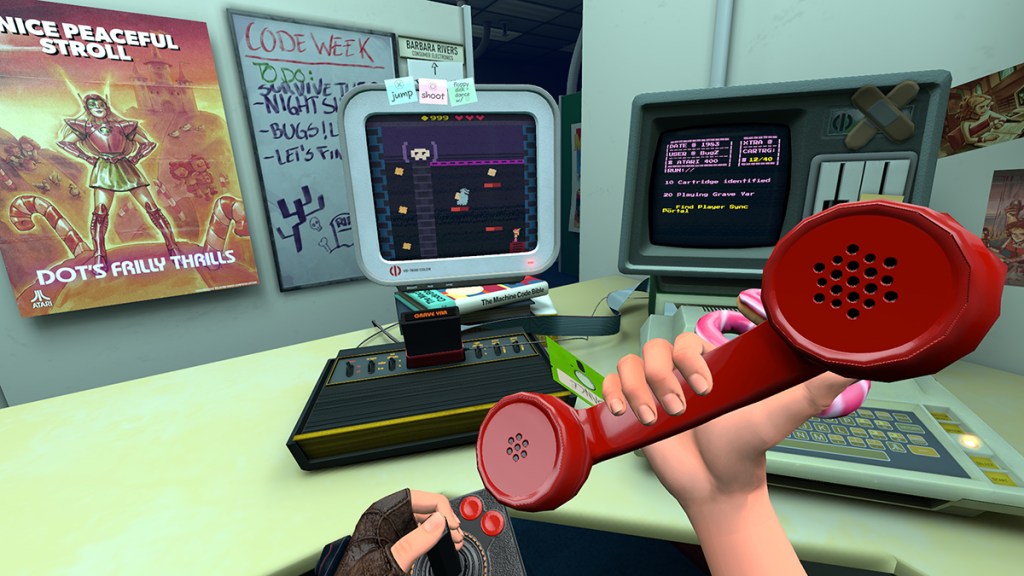
Nolan Bushnell calls the player on the in-game phone. Can you speak about that?
It was amazing and an honor. He’s the godfather of games. My first memory as a kid was my father coming home with a device that would control the television. We put a lot of cool people from the VR community in 1978, like we did with the other Pixel Ripped games. And this time we had this phone in the office and you can get many phone calls from Nolan, content creators, and Shuhei Yohida.
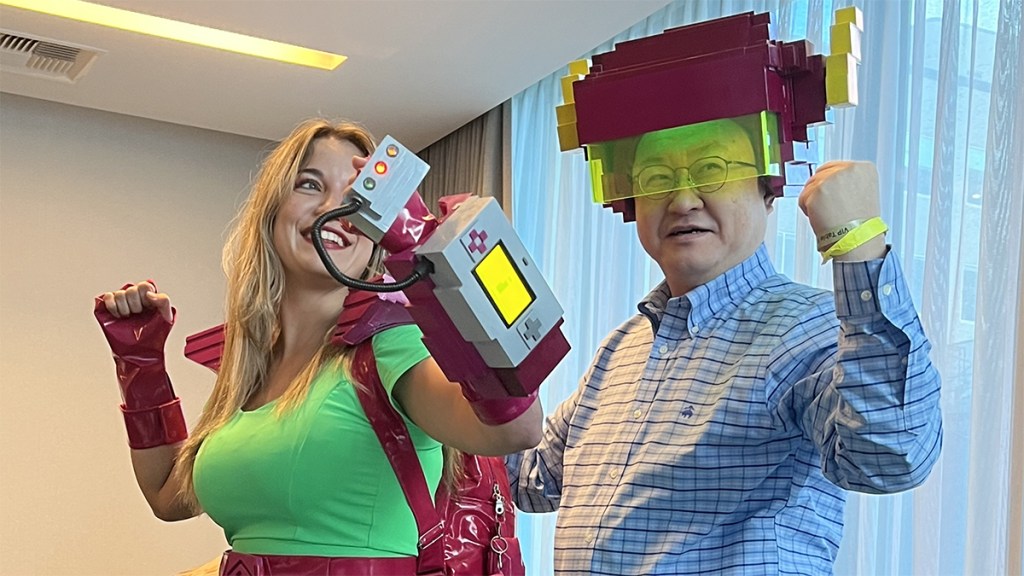
Shuhei Yoshida has tweeted about the series a few times. How has he been and how did you get him in the game?
When we released Pixel Ripped 1989, he said he was a fan of the game and he got in touch with us. And since we started talking to him, he’s been great and helping us with Sony and other contacts. We even met him in Japan when we went there. He has been in touch for every game ever since. And even for Pixel Ripped 1995, we had a card of Shuhei inside the game. And then when we did 1978, I was like, “Shuhei, you have to be in the game again.” So we recorded him in English, and then I asked him if he could do a message in Japanese because I thought it would be a funny joke.
He’s an awesome person and so humble and a good person at heart. I feel like he’s a friend every time we meet in person. He’s a true video game hero for the indie game developers.
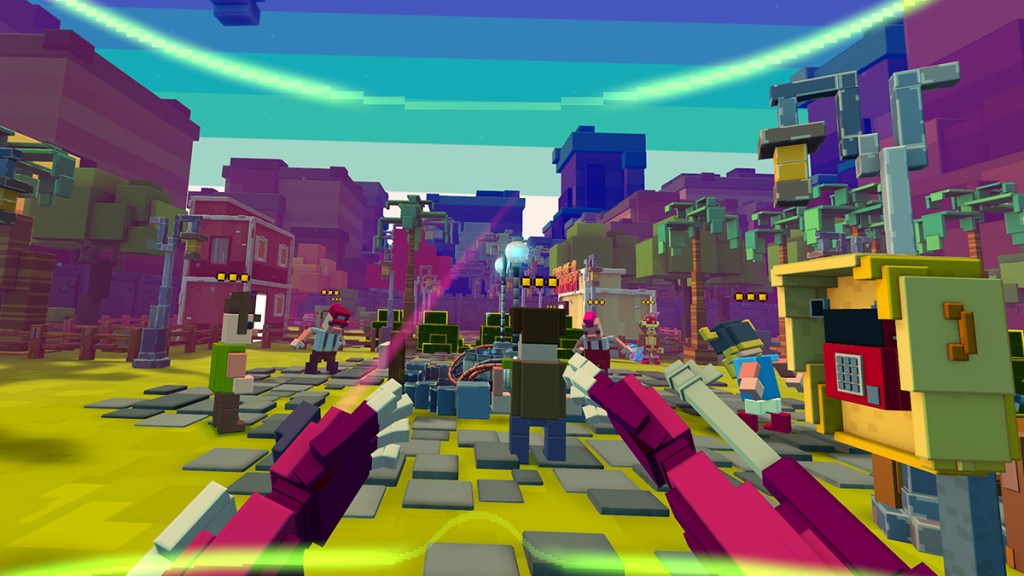
You’ve talked about the feature of going into the game worlds from being cut from Pixel Ripped 1995. Can you give more details why it was cut for that game and how it feels to bring it back for this sequel?
It felt really good. In the previous games, cutting features was hard. Now, when we cut a feature, I always tell the team, “Don’t worry, it’s hard to cut features, but maybe this could be better in another game.” We are just now talking about something that we wanted to do and we thought it was so good that it could be another game. So it was actually good that we cut it. At the time, it was hard because we wanted players to walk around and explore Dot’s world. We planned the whole game like this and then we did the alpha version of it.
There was even a moment in 1995 where you are at this rental store, and there was this whole campaign where you would go inside the game world to get to the rental store. But then we had to cut all that and change it and then the game released without that, so when you go inside the game world, you are just in a cutscene. And when we started 1978, we knew we wanted to put that in the game because many reviews said they wanted to do something inside the game world.
It was frustrating for us and the fans. We knew we had to do something different because it’s the third episode. We didn’t want to just repeat the formula and change the year. 1970s nostalgia isn’t as strong as 1995 nostalgia, so we knew we had to explore more inside the game and do some more interesting things. And to make sure this feature made it in 1978, we built the game around it. The game world became more important than the real world this time.

You have previously said you had a vision for five Pixel Ripped games. Why five?
Pixel Ripped started as a student project with five levels. It was a little ambitious. It was a really big game and the first level was the 1970s. I actually built 1978 a long time ago because it was the first level of the game. And then the third level was 1989. And that was a 15-minute proof of concept. But then I had it in my heart that I had to do those five levels.
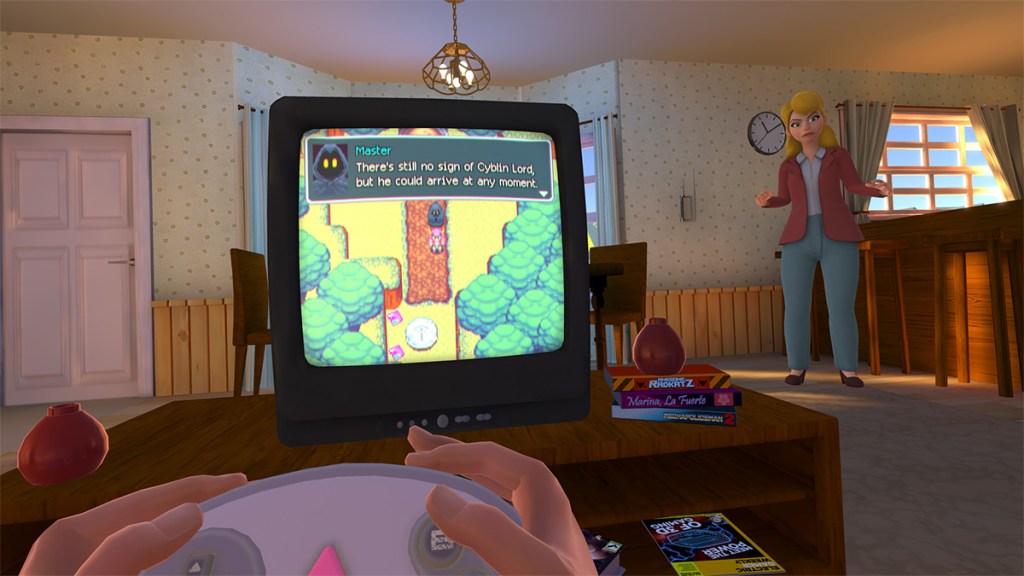
You’ve been doing VR games for so long and been able to grow with the medium. Can you speak to growing as a developer with VR?
The best and the worst part of being working with VR is that it is such a new medium that has changed so much and is evolving as you are working. There was no head or hand tracking for the first game. It gotten to the point where I really wanted to go back and make Pixel Ripped 1989 with better hand tracking. There was a moment where we had no similarities with the controllers. Each was different and we had to make a totally different setup for each game.
Even PlayStation was really different. You have the DualShock, which was actually really good experience when you’re holding a controller in real life. But we had to make a whole design for the PlayStation when we did 1995. I think it was the best gameplay experience because you would hold a controller in your hands in real life, but then the hard part was when you were grabbing objects.
It’s also challenging when designing games because you are making things that have never been done before. It is exciting, but also difficult because there’s no set recipe.
l still think there’s so much to explore and we are so early in the history that I feel like there’s gonna be so much more. Imagine when we get to the point where you connect straight to your brain! I like to compare it to the mobile industry. I feel like we are really close to the release of the first iPhone, which was that moment where everyone was using those Blackberry phones. It was kind of there and people knew the potential, but it wasn’t there yet.
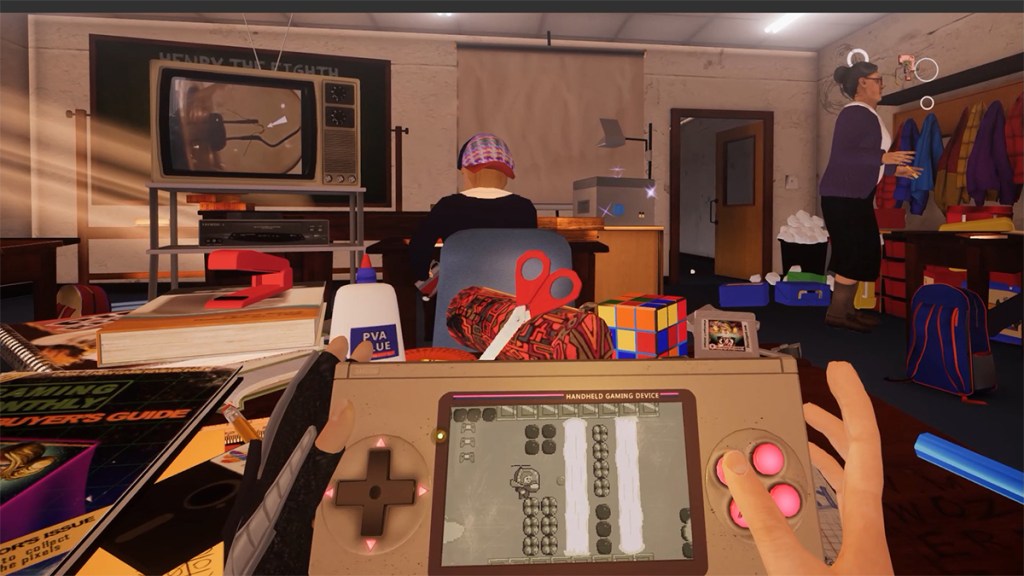
The team has previously said it is “studying the best way to deal with 1989.” Why does 1989 need more work when you’ve already confirmed 1995 for PSVR2? [Pixel Ripped 1995’s PSVR2 port just got a trailer, too]
1995 is a much newer game. There’s a team dedicated to working on 1995 for PSVR2. There’s still some work to do. It’s not so easy, but 1989 is such an old project that it would be too hard to focus on doing a port now. For now, we don’t have a dedicated team working on it. I can’t even say when the date will be. We will do it, but I just can’t say we are working on it now. We are focusing on 1995, but 1989 will come later because people are asking for it.
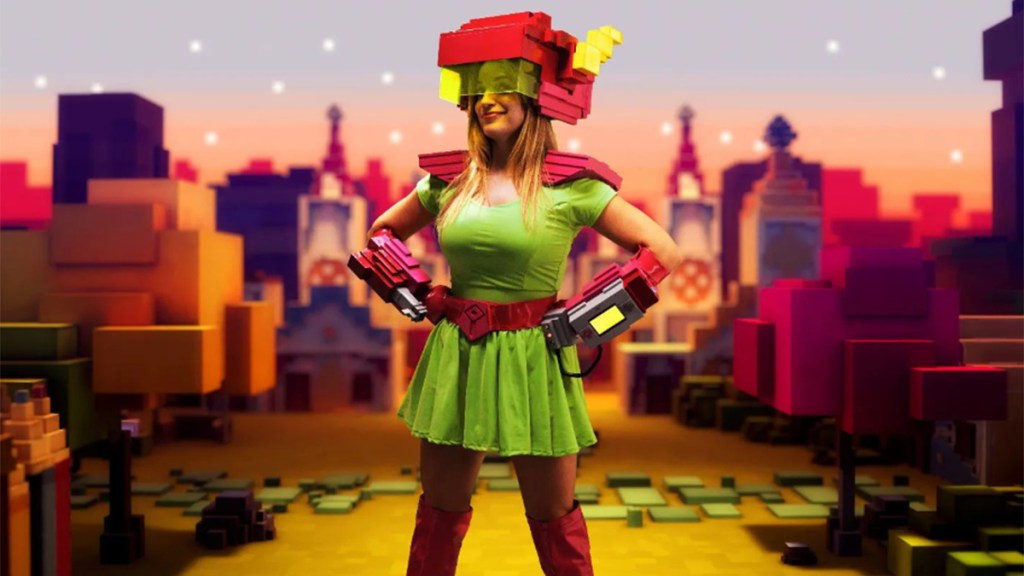
You’ve dressed up as Dot before. Are you into cosplaying?
I used to do cosplay before, but not professionally. I used to go to events dressed up as Shira, Naruto characters, Sakura, Conan, Harry Potter, Indiana Jones, and Lady Gaga. I used to dress up for every game event I’d go to because I thought it was fun.